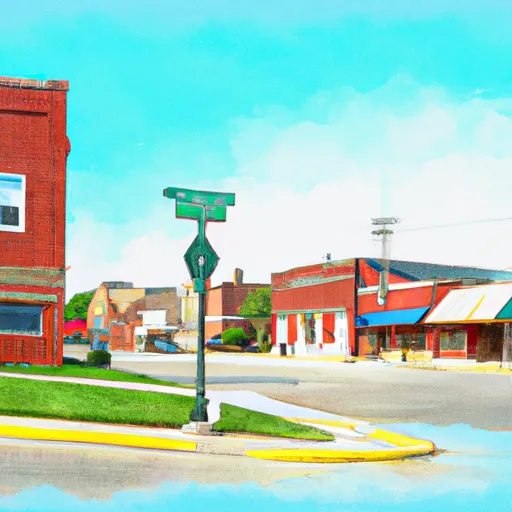°F
°F
mph
Windspeed
%
Humidity











Audubon, Iowa is a small town located in the western part of the state. The climate of Audubon is cold and temperate, with an average temperature of 47°F. The town is situated in the Middle Raccoon River watershed, which is an important hydrological feature. The river is a source of drinking water and plays a vital role in irrigation for the local agriculture industry. Outdoor recreation opportunities in Audubon include fishing, hunting, and hiking. The local parks offer playgrounds, sports fields, and picnic areas for families to enjoy. The town is also home to the Audubon County Historical Museum, which offers insights into the town’s past and culture.
Weather Forecast
Audubon receives approximately 851mm of rain per year, with humidity levels near 84% and air temperatures averaging around 10°C. Audubon has a plant hardyness factor of 5, meaning plants and agriculture in this region thrive during a short period during spring and early summer. Most plants will die off during the colder winter months.
Regional Streamflow Levels
149
Cubic Feet Per Second
83
Cubic Feet Per Second
165
Cubic Feet Per Second
421
Cubic Feet Per Second
Nearby Camping
| Camping Area | Reservations | Toilets | Showers |
|---|---|---|---|
| Cocklin Fish Farm | |||
| Sunnyside Park Campground | |||
| Pilot Grove Co Park | |||
| Voss Park City Campground | |||
| Hacklebarney Woods County Park | |||
| Viking Lake State Park |



